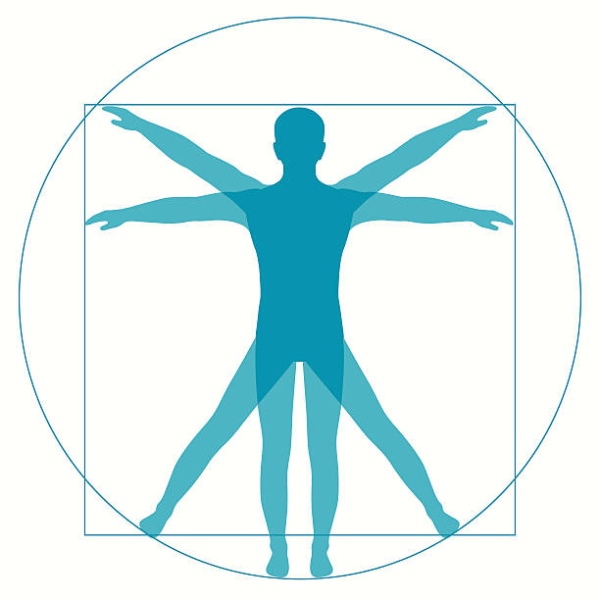body composition for fitness

Body composition refers to the proportion of different components that make up an individual's body, including fat, muscle, bone, and other tissues. It is a critical facet of overall health and fitness, as it provides valuable insights into an individual's physical condition and can be used to assess the risk of various health conditions. The primary components of body composition are fat-free mass (FFM) and body fat mass (BFM), and understanding their balance is essential for maintaining a healthy lifestyle.
Importance of Body Composition:
Body composition is a better needle of health than
traditional measures like body weight or Body Mass Index (BMI). While BMI only
considers the ratio of weight to height and doesn't differentiate between fat
and muscle, body composition analysis provides a more accurate assessment of an
individual's health status. Excessive body fat, particularly visceral fat (fat
stored around internal organs), has been linked to an increased risk of chronic
sicknesses such as heart disease, diabetes, and certain cancers. On the other
hand, having a higher proportion of lean muscle mass can contribute to better
metabolic health and functional abilities.
Methods of Measuring Body Composition:
There are several methods available to measure body
composition, each with its own advantages and limitations. Some of the common
methods include:
Dual-Energy X-ray Absorptiometry (DXA): DXA is considered
one of the most exact methods for measuring body composition. It uses X-rays to
differentiate between bone, lean tissue, and fat. DXA scans provide information
about bone density and body fat distribution, making it useful for assessing
the risk of osteoporosis and other conditions.
Bioelectrical Impedance Analysis (BIA): BIA measures the resistance
of body tissues to a small electrical current. Since fat has a different
resistance than lean tissue, BIA estimates the proportion of body fat based on
this resistance. BIA is non-invasive and relatively inexpensive, but its
accuracy can be affected by factors like hydration levels.
Skinfold Calipers: This method involves measuring the
thickness of skinfolds at various body sites. The measurements are then used to
estimate body fat using specific equations. Skinfold measurements are easy to
perform but require trained technicians to ensure accurate results.
Air Displacement Plethysmography (ADP): ADP, commonly known
as the Bod Pod, measures body volume by assessing the amount of air displaced
when a person enters a sealed chamber. Body density is then used to calculate
body composition. ADP is non-invasive and well-tolerated, but it might not be
as accurate as DXA.
Hydrostatic Weighing: This method involves measuring body
weight underwater and using the data to calculate body volume and density. It
provides accurate results but requires specialized equipment and can be
uncomfortable for some individuals.
MRI and CT Scans: While not commonly used due to their cost
and complexity, MRI and CT scans can provide detailed information about body
composition by differentiating between different tissues based on their
densities.
Managing Body Composition:
Achieving and maintaining a healthy body composition
involves a grouping of proper nutrition, regular physical activity, and
lifestyle choices. Here are some key factors to consider:
Balanced Diet: Overriding a balanced diet rich in whole
foods, lean proteins, complex carbohydrates, and healthy fats can support
muscle growth and fat loss. Monitoring caloric intake and nutrient distribution
is essential for managing body composition.
Strength Training: Engaging in regular métier training
exercises helps build and maintain lean muscle mass. Muscle tissue scalds more
calories at rest than fat tissue, contributing to a higher metabolic rate.
Cardiovascular Exercise: Incorporating cardiovascular
exercises like running, swimming, or cycling can help burn excess calories and
promote overall cardiovascular health.
Hydration: Proper hydration is crucial for accurate body
composition measurements, as it affects the results of methods like BIA.
Sleep and Stress Management: Adequate sleep and stress
reduction techniques are important for hormonal balance and overall well-being,
which in turn can influence body composition.
Conclusion:
Body composition is a multifaceted aspect of human health that
extends beyond mere weight and BMI. Accurate assessment of body composition
provides valuable insights into an individual's overall health status and can
guide personalized approaches to managing weight, muscle mass, and fat levels.
By adopting a holistic tactic that includes a composed diet, regular exercise,
and lifestyle modifications, individuals can work towards accomplishing and
maintaining a healthy body composition that promotes longevity and well-being.
Remember, it's not just about the numbers on the scale, but rather the quality
of the components that make up your body.


